-
Hello guest! Are you an Apistogramma enthusiast? If so we invite you to join our community and see what it has to offer. Our site is specifically designed for you and it's a great place for Apisto enthusiasts to meet online. Once you join you'll be able to post messages, upload pictures of your fish and tanks and have a great time with other Apisto enthusiasts. Sign up today!
You are using an out of date browser. It may not display this or other websites correctly.
You should upgrade or use an alternative browser.
You should upgrade or use an alternative browser.
Is this a male or female?
- Thread starter Bodom
- Start date
That's for welcoming meWelcome to the sight Bodom. With the lyre tail starting, I would guess a male.
I'm sorry to say so, but you have a substrate in your tank that is not at all suitable for Apistogramma.
Apistogramma belong to the tribe Geophagini, which means that they "eat earth". This is a very frequent and natural behavior, they will normally sift the substrate almost all day long.
I strongly believe that most Apistogramma species won't thrive in the long term without fine-grained sand on the bottom.
Frank Schäfer (Aquarium Glaser, Germany), wrote a few years ago:
"Especially the sand is important and the meaning of it often underestimated.
In fact the sand is more important than the water chemistry (hardness, pH).
In the wild, these fish feed mainly on particles they find in the sand.
To find them the fish takes a mouth full of sand, chews the sand and releases the sand through the gill openings.
Food particles attach on special anatomical structures on the gill arches and can be swallowed subsequently.
In case an Apistogramma can find no sand it comes in a situation comparably to humans that get no opportunity to clean their teeth.
This may work for a while, but in most cases sooner or later one becomes sick of it."
Some examples of natural habitats where I have collected Apistogramma in the Amazon part of Peru. The bottom consists of very fine-grained sand, often with withered leaves on top:
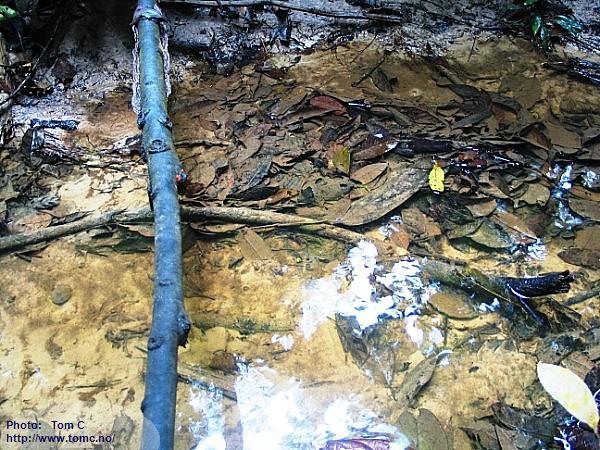
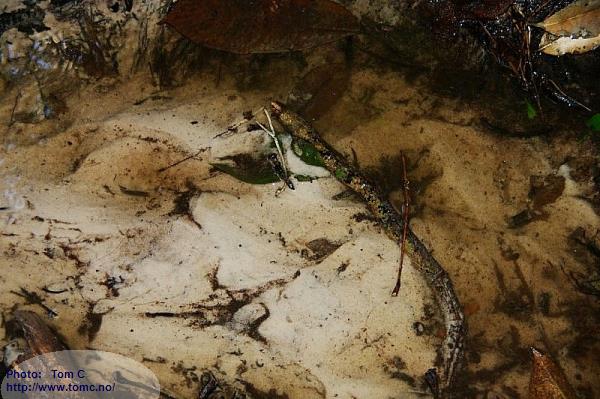
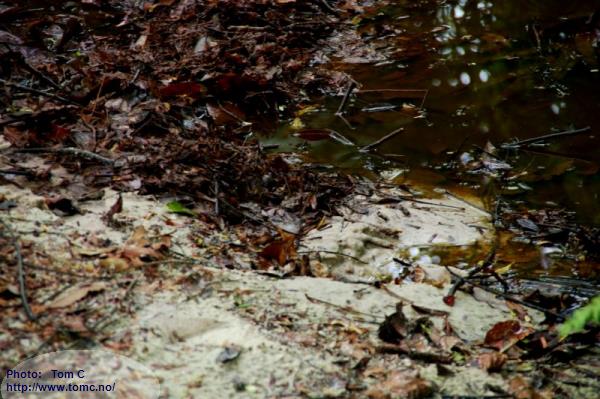
Sand almost as fine-grained as flour, and leaf litter.
So yes, definitely fine-grained sand for Apistogramma.
And this is how Apistos look like most of the time, when they have the right substrate, when they let the fine sand out again:
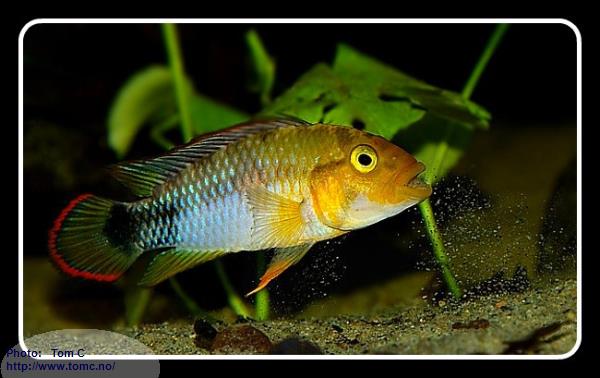
In fine sand, females will dig pits for their newly hatched fry, it is difficult to dig when the bottom layer consists of coarser constituents.
Newly hatched fry will also easily disappear into a layer of coarse substrate, and thereby they may lose their mother's loving and necessary care.
Mud / sludge will accumulate on fine sand, not fall down through the bottom layer and lie there and rot, which happens with gravel and similar.
Sludge lying on top of the sand layer is a good place to find microorganisms for recently free-swimming fry: one can observe that mother leads her flock towards such accumulations of sludge, after which she by waving her pectoral fins swirls up the sludge, and the fry can enjoy eating the available microorganisms.
The females dig sand up towards the opening in the cave where she lays her eggs, to make the opening just big enough for her to enter, but too narrow for predatory fish. (And even too small for the male, who fertilizes the eggs by releasing his semen outside the opening and then fan it into the cave using his tail fin.)
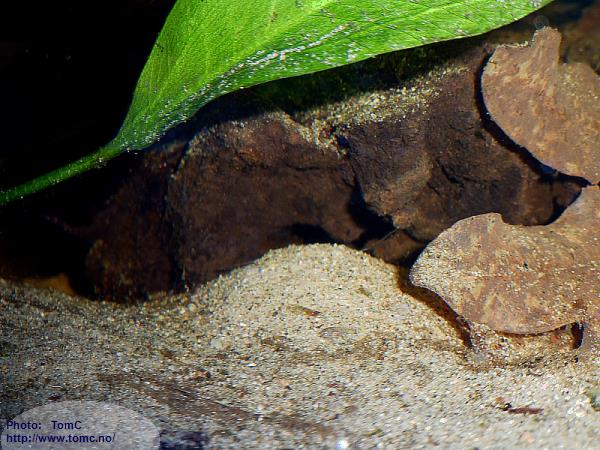
Such digging requires sand.
I would strongly recommend to change the substrat.
Apistogramma belong to the tribe Geophagini, which means that they "eat earth". This is a very frequent and natural behavior, they will normally sift the substrate almost all day long.
I strongly believe that most Apistogramma species won't thrive in the long term without fine-grained sand on the bottom.
Frank Schäfer (Aquarium Glaser, Germany), wrote a few years ago:
"Especially the sand is important and the meaning of it often underestimated.
In fact the sand is more important than the water chemistry (hardness, pH).
In the wild, these fish feed mainly on particles they find in the sand.
To find them the fish takes a mouth full of sand, chews the sand and releases the sand through the gill openings.
Food particles attach on special anatomical structures on the gill arches and can be swallowed subsequently.
In case an Apistogramma can find no sand it comes in a situation comparably to humans that get no opportunity to clean their teeth.
This may work for a while, but in most cases sooner or later one becomes sick of it."
Some examples of natural habitats where I have collected Apistogramma in the Amazon part of Peru. The bottom consists of very fine-grained sand, often with withered leaves on top:



Sand almost as fine-grained as flour, and leaf litter.
So yes, definitely fine-grained sand for Apistogramma.
And this is how Apistos look like most of the time, when they have the right substrate, when they let the fine sand out again:

In fine sand, females will dig pits for their newly hatched fry, it is difficult to dig when the bottom layer consists of coarser constituents.
Newly hatched fry will also easily disappear into a layer of coarse substrate, and thereby they may lose their mother's loving and necessary care.
Mud / sludge will accumulate on fine sand, not fall down through the bottom layer and lie there and rot, which happens with gravel and similar.
Sludge lying on top of the sand layer is a good place to find microorganisms for recently free-swimming fry: one can observe that mother leads her flock towards such accumulations of sludge, after which she by waving her pectoral fins swirls up the sludge, and the fry can enjoy eating the available microorganisms.
The females dig sand up towards the opening in the cave where she lays her eggs, to make the opening just big enough for her to enter, but too narrow for predatory fish. (And even too small for the male, who fertilizes the eggs by releasing his semen outside the opening and then fan it into the cave using his tail fin.)

Such digging requires sand.
I would strongly recommend to change the substrat.
Similar threads
- Replies
- 4
- Views
- 3K
Forum statistics
Latest profile posts
I'm looking for quality apistogrammas, can anyone recommend a good seller specialized in apistogrammas who ships in Europe? Thanks